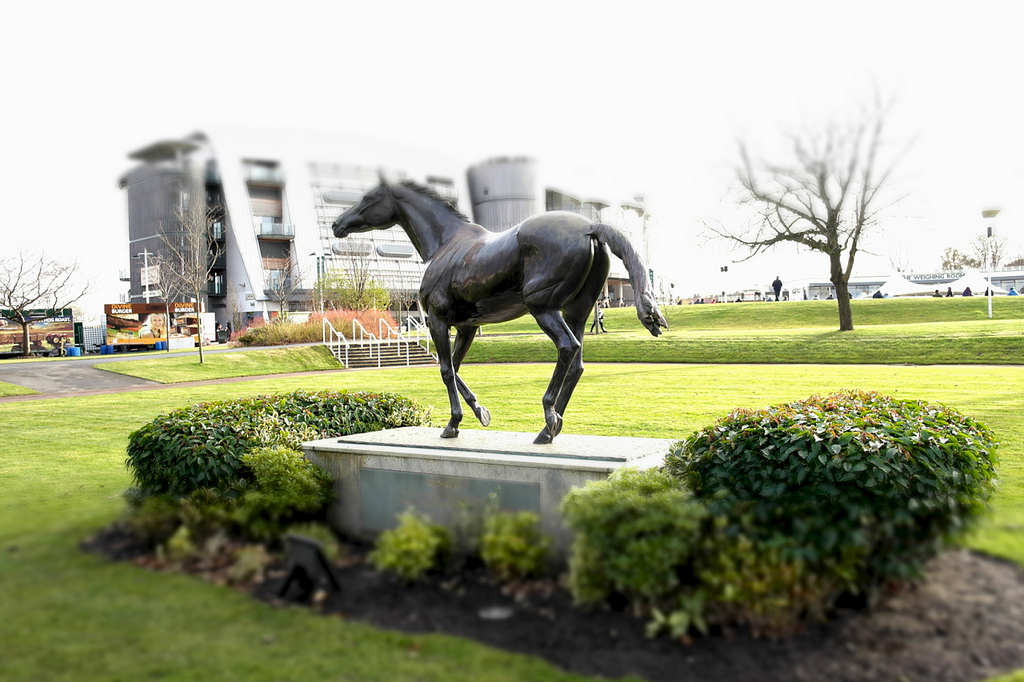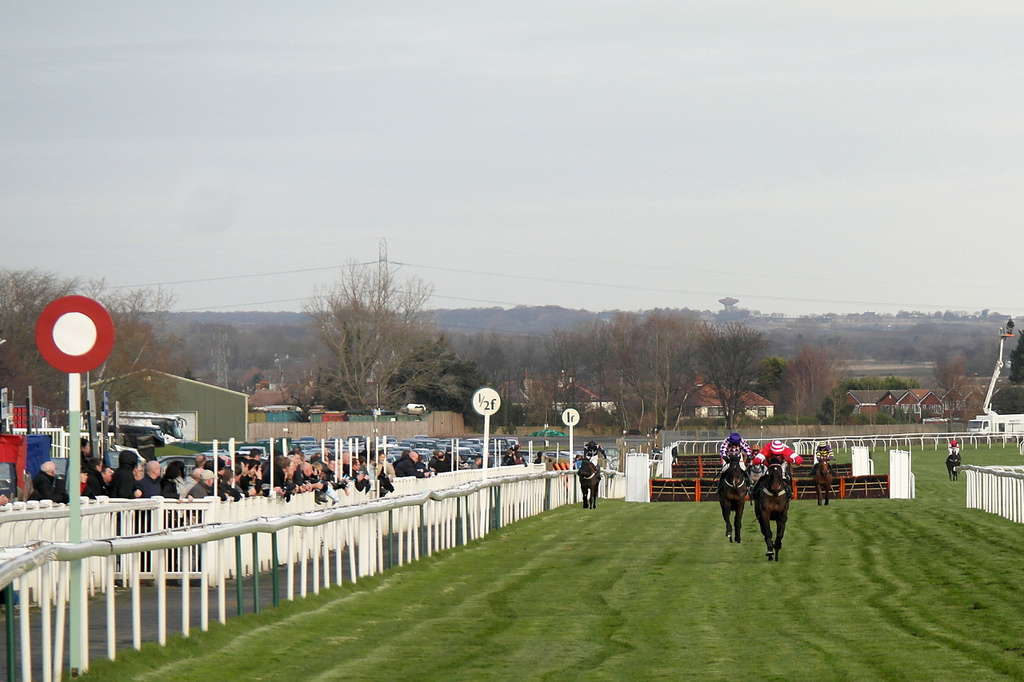An Aintree Grand National Tale – Can the leapers cope with Becher’s?
With the National Hunt season galloping along, there’s little more than two months remaining before attention turns to the world’s most famous horserace at Aintree.
A TV audience of some 600 million from around the globe tunes in to watch the Grand National. Established in 1839, the marathon contest is run at a trip of just over four-and-a-quarter miles. Two laps around the track take in a staggering 30 fences, before a race-transforming run-in of 494 yards. The famous ‘elbow’ has played a part in many a dramatic finish, as equine warriors summon a final lung-busting effort for glory.
Legends are made at Aintree. Foinavon famously won the 1967 renewal at the price of 100/1, when chaotic scenes ensued at the 23rd fence. A loose horse swerved across the front of the leading group, causing a huge pile-up, with numerous unseating, refusing, and even turning and heading in the opposite direction. From the back of the pack, Foinavon, steered wide by jockey John Buckingham, managed to scramble over the fence and gallop to an astonishing success. In 1984, the infamous obstacle was named in his honour.
In the early 1970s, Red Rum became the most famous racehorse in Grand National history. The classy Australian racehorse Crisp fell foul of the young chaser in 1973, when, having led by 15-lengths at the final fence, he was mown down in the shadow of the post. ‘Rummie’ carried top-weight to victory a year later, before finishing runner-up in both 1975 and 76. In 1977, at the age of 12, the nation’s favourite made it a record-breaking three wins, to the roars of the Aintree faithful and the millions watching on TV.
 Source: “Red Rum Statue Aintree” by Paul is licensed under CC BY 2.0
Source: “Red Rum Statue Aintree” by Paul is licensed under CC BY 2.0
Bob Champion won a fight against cancer before riding to victory in 1981. And Red Rum’s enigmatic trainer Donald ‘Ginger’ McCain returned to the scene of those famous victories and saddled another winner, with Amberleigh House landing the renewal of 2004. In 2010, it was the turn of one of jump racing’s greatest jockeys to capture the elusive prize on his fifteenth attempt. Tony McCoy (AP) had won everything there is to win but his success aboard Don’t Push It proved his most thrilling victory of all.
Having the reserves of stamina to see-out the marathon trip is, of course, crucial for those hoping to win the famous race. Luck and intelligence, from both horse and rider, are also key components. A jockey must navigate his way through the chaos but must have a willing partner, capable of adapting to the unique Aintree examination. Those that take to the fences often return again and again with a measurable amount of success.
Blaklion is one such beast, having finished fourth in the race last April. He then landed the Becher Chase over the national fences in December. For those interested in an early punt, it’s no surprise that he heads the market in the ante-post horse racing betting and looks sure to run a huge race, assuming he arrives fit and well at the start. A horse’s ability to jump is tested at Aintree like no other. Those Grand National fences play a huge part in every renewal, despite recent restructuring that has deemed them safer and slightly less treacherous.

“Finishing Post At Aintree” (CC BY 2.0) by Paolo Camera
Becher’s Brook is undoubtedly the most famous of all Aintree obstacles and has a habit of taking the lead role in race proceedings. The fence itself measures just 4 feet 10 inches but the drop of between five and 10 inches on the landing side make the obstacle devilishly tricky. A rider can be seen leaning back as far as possible, heaving on the reins in an attempt to keep the partnership intact.
In 1977 Andy Pandy led by a yawning 10-lengths when crumpling on landing at Becher’s. His misfortune resulted in that famous victory for Red Rum. In 1979, Gold Cup winner Alverton lost his life when falling at the fence. In 1986, Richard Dunwoody rode West Tip to victory but, 12 months earlier, his Grand National challenge had ended when hitting the turf at Becher’s, having led the race. And, in 2005, Clan Royal led the National approaching the infamous obstacle, when a loose horse swerved in front of him, sending non-other than AP McCoy crashing to the turf.
Statistics show that Becher’s, along with the first, top the list of fences responsible for fallers in this famous race.
The 40-runner cavalry charge to the opener clearly plays a part in the casualty figure. Modification resulted in the landing side of the fence being reduced, but the exuberance of both horse and jockey can result in them travelling too fast, over-jumping, and thereby pitching on landing for an early exit.
Blaklion clearly has the course experience to meet this unique challenge. Others will take to the task and challenge for the greatest prize in jump racing. Some will fall short and find the Grand National fences too much of a leap into the unknown.




